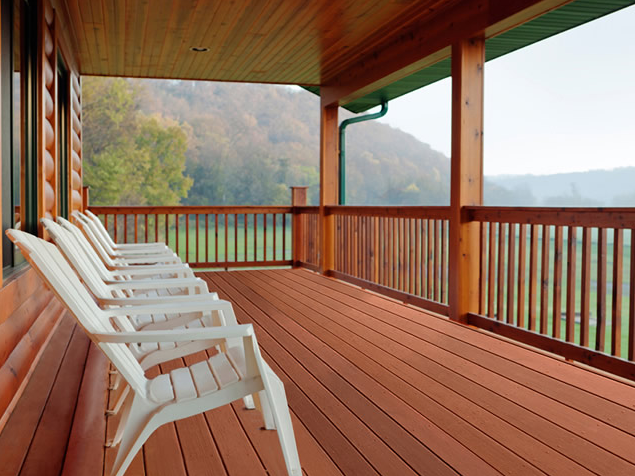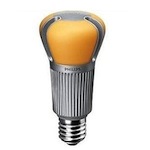Lighting Systems
Energy Efficient Light Bulbs Replacing incandescent light bulbs with efficient CFL or LED bulbs is a quick, easy, and affordable way to quickly start saving energy and money in your home. Energy Star certified light bulbs use 75% less energy than incandescents, recouping their cost several times over.
And with the cost and reliability of these products being better than ever, now is a great time to consider moving to these great energy-saving products.
Find more about the Pella Designer Series, check out our article on Energy Saving Light Bulbs.
LED Bulbs LED lighting is a new, rapidly-evolving market. LED bulbs are remarkably efficient, much like compact fluorescent bulbs (CFLs), 75 to 80% more efficient than incandescent bulbs.
LED lights have several advantages over CFLs: They don't contain any mercury or other toxic materials, are dimmable, and create a light much closer to incandescent quality.
To read more on the advancements in LED lighting technology and why you should consider some for your green home, check out the following articles:
Philips SlimStyle LED: A new, more affordable LED bulb with a distinctive appearance.
Philips LED Bulbs: Among the first, and best, consumer LED bulbs.
Cree LED Bulbs: A new, less expensive light bulb with a shape similar to familiar incandescent bulbs. Also, assembled in the U.S.A.
100-Watt Equivalent LED Bulbs: Newer designs are allowing manufacturers to introduce bulbs much brighter than early LED bulbs that were capable of only 40 to 75 watt equivalencies. These new bulbs are as bright as 100-watt incandescents but use up to 80% less electricity.
LED Christmas Lighting: Outdoor lighting during the holiday season can use an amazing amount of electricity. Traditional incandescent holiday lights are as inefficient as their indoor bulb counterparts. In recent years, LED Christmas lights have come on strong; they're improving in light quality every year, their costs are falling, and they use a fraction of the energy that incandescents do.
comments powered by Disqus









































































































































